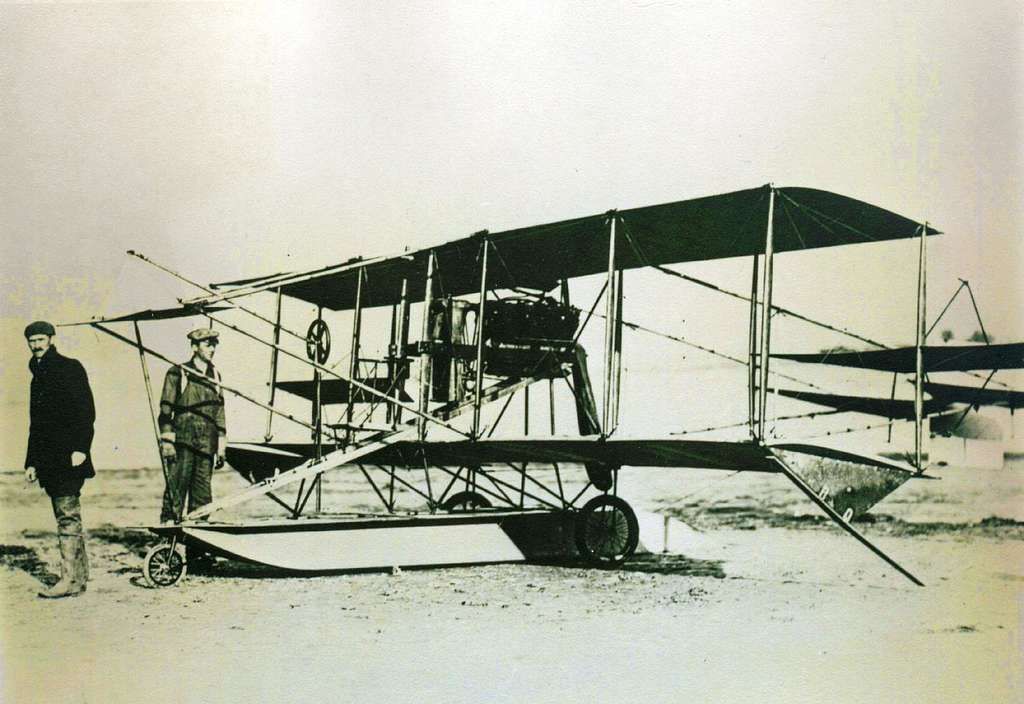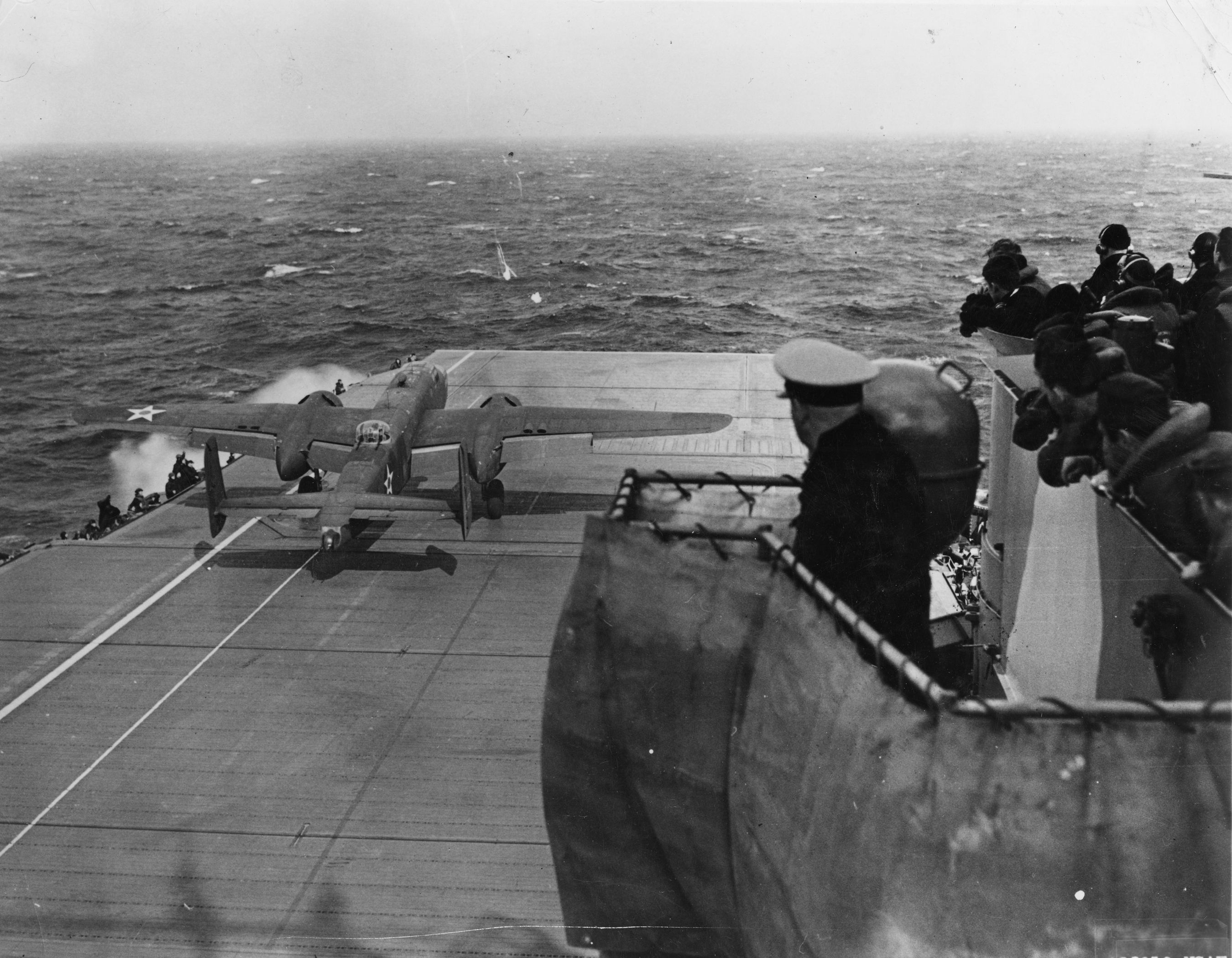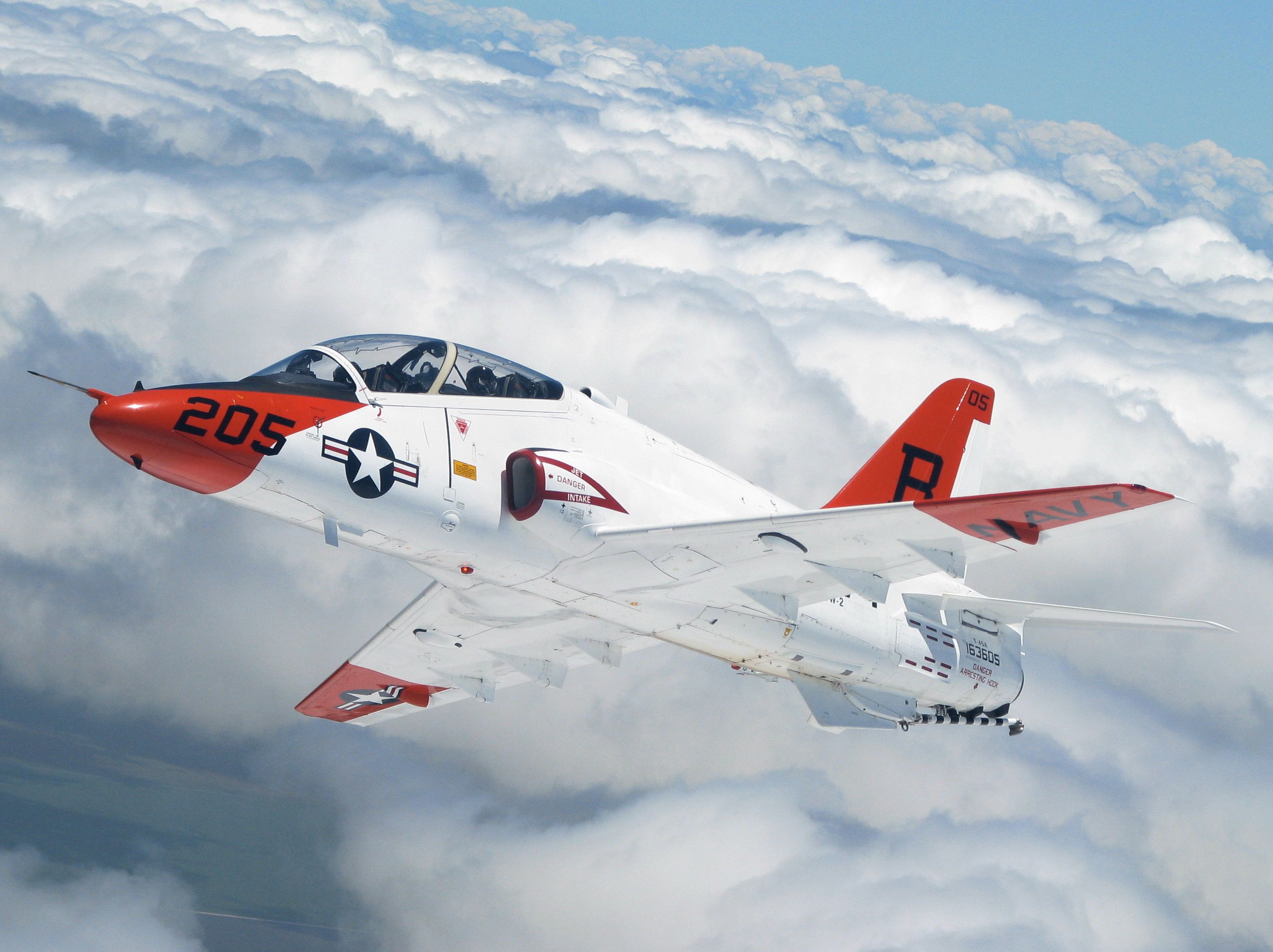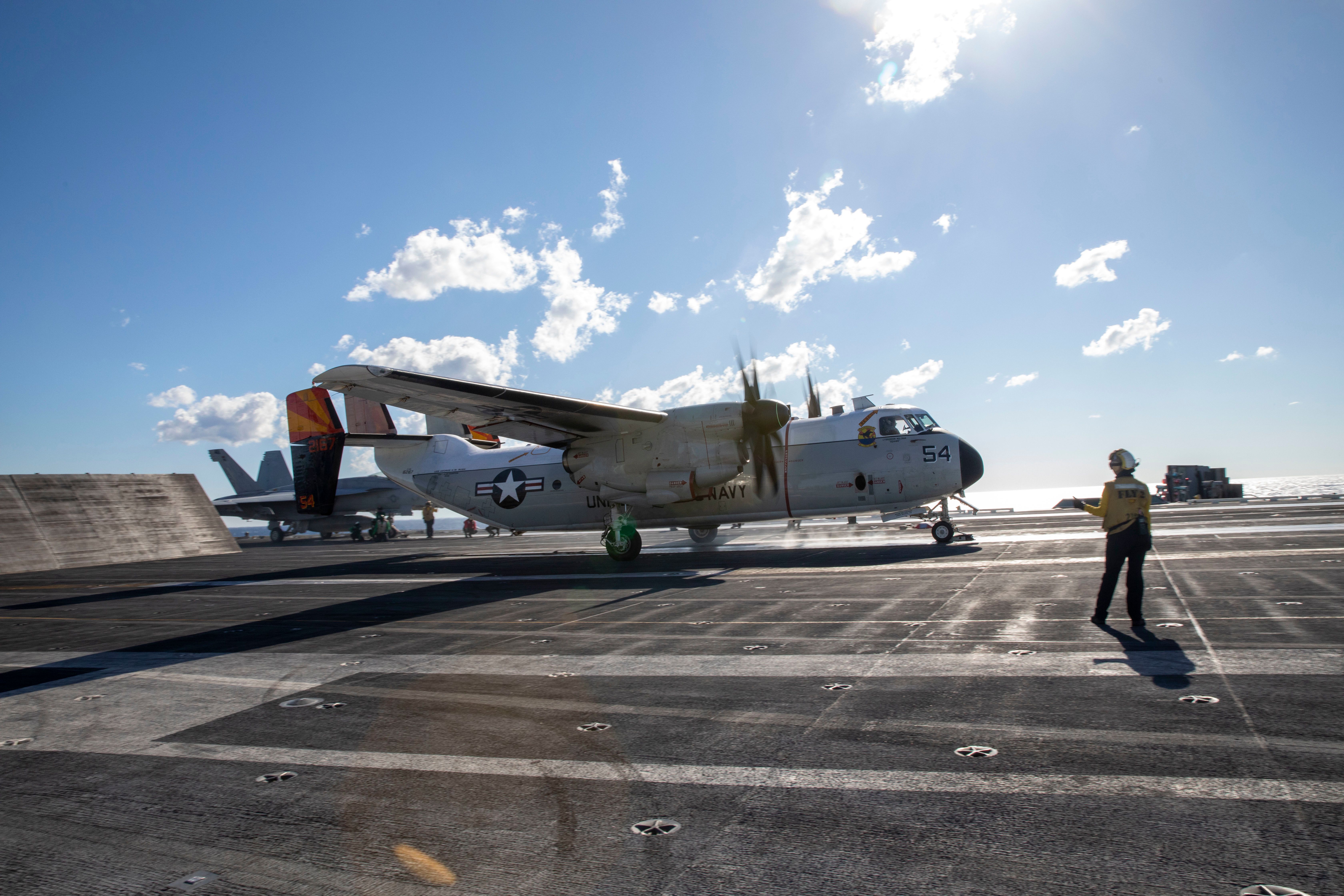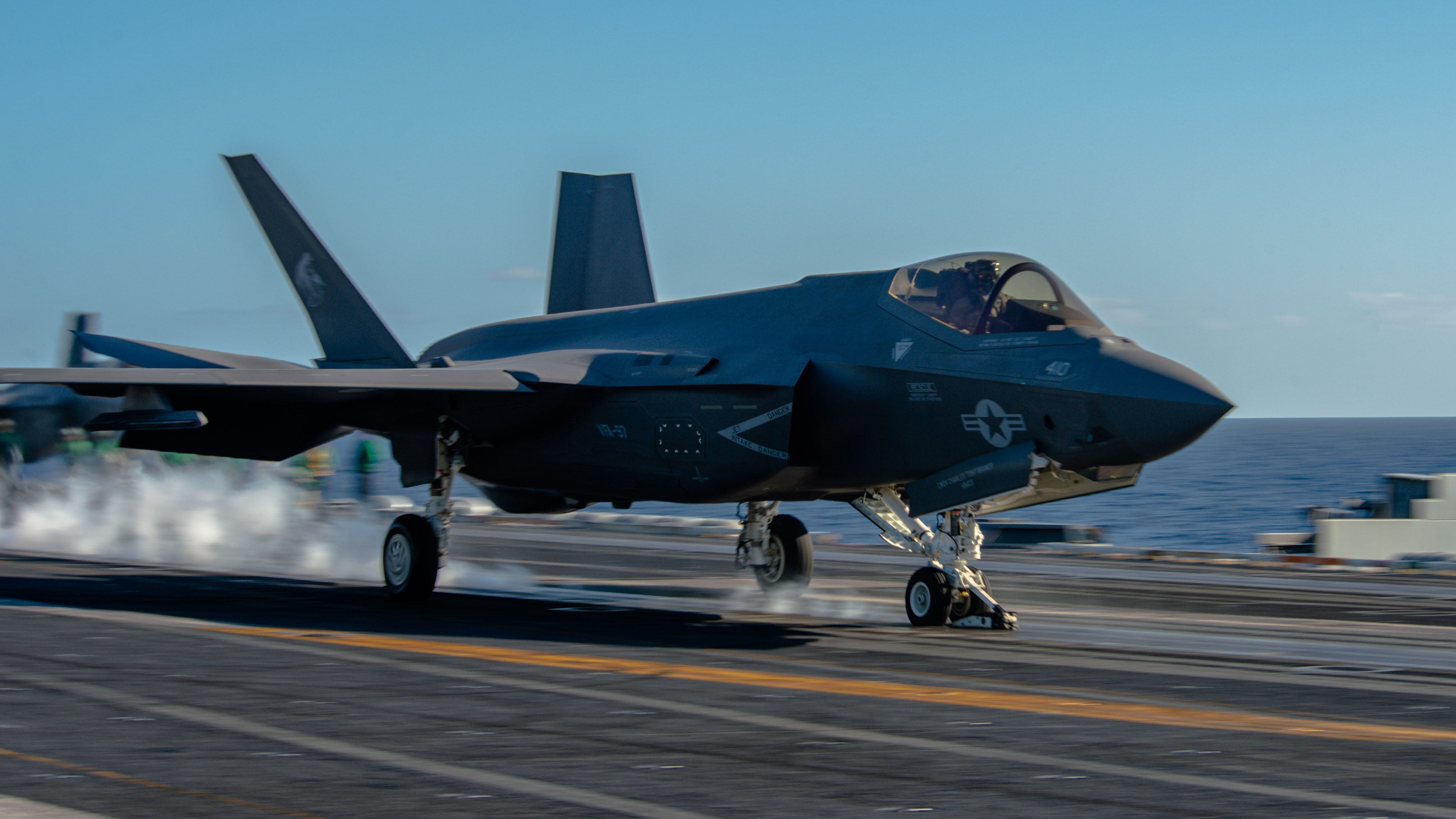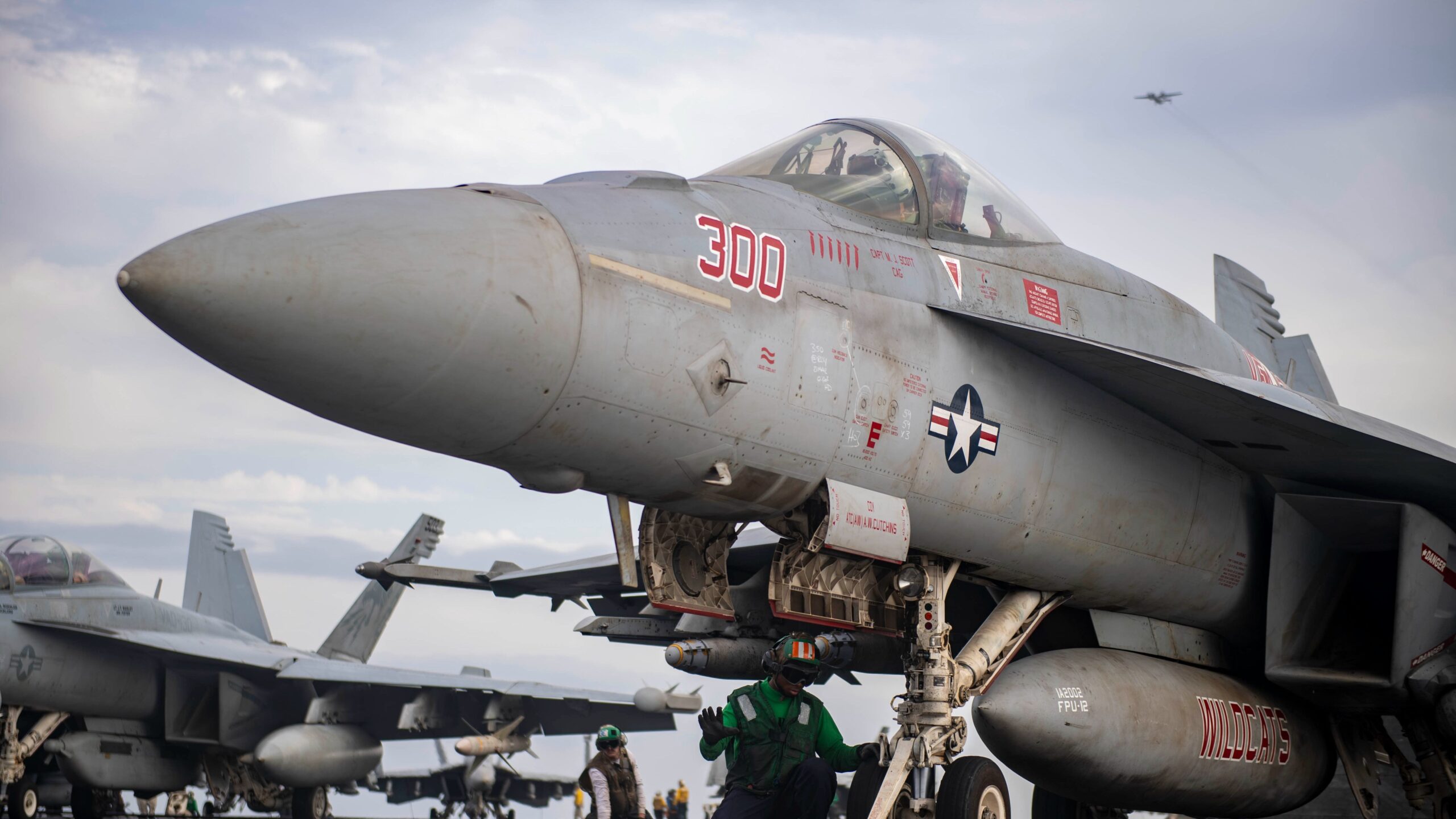
Summary
- Introduction of aircraft by USN in 1914 revolutionized naval warfare from that point onward.
- Aircraft carriers have played a pivotal role in various conflicts post-WWII; redefining naval strategy.
- USN currently employs a diverse range of aircraft, ranging from primary trainers to cutting-edge combat aircraft.
The United States Navy (USN) is the maritime branch of the United States military and is the most potent blue-water Navy in the world. Operating globally across the deep waters of open oceans, the USN is a combat-ready force capable of winning wars and deterring aggression while maintaining freedom of the seas for world trade.
While the USN can trace its history back to British colonial times, its might was no match to other world navies until it started building super-dreadnoughts in the early days of the last century. Months after civilian pilot Eugene Ely demonstrated how aircraft could be used for surveillance, the USN took delivery of its first aircraft, a Curtiss Model E A-1 Triad.
The USN begins using aircraft
After successfully landing a plane fitted with floats next to a ship, the aircraft manufacturer Glen Curtiss convinced the Navy of the plane’s usefulness. Curtiss then demonstrated how the plane could be loaded aboard the boat and returned to the water using a crane.
The first Navel Air Station opened in Pensacola Bay in Florida in January 1914, five months before the outbreak of war in Europe. With the possibility of attacks on American ships by German U-boat submarines in 1916, the Navy recommended building Air Stations at navy bases along the coastline.
The age of the aircraft carrier
After learning the importance of having an air force during WWI, military planners began looking at more ways to deploy planes from ships. Despite the Imperial Japanese Navy commissioning the Hōshō in 1922, the first purpose-built aircraft carrier, HMS Hermes, was launched in 1924. These and similar ships that followed became known as “fleet carriers”.
After introducing aircraft carriers, naval warfare entered a new phase, with ships no longer dependent on their large guns for projecting power. The versatility of having an aircraft carrier was demonstrated for the first time in 1940 when aircraft launched from HMS Illustrious sank three Italian battleships in the Gulf of Taranto in southern Italy.
Following the surprise Japanese attack on Pearl Harbor on December 7, 1941, using six aircraft carriers, it became apparent that naval warfare had entered a new stage. In retaliation for the Japanese attack, the United States Navy sailed within 650 miles of mainland Japan and, on April 18, 1942, launched 16 B-25 bombers from the USS Hornet for a bombing raid on Tokyo.
Since World War Two, aircraft carriers of the United States Navy have been involved in the Korean War, Vietnam War, and various conflicts throughout the Middle East.
Current Aircraft being used by the USN
United States Navy training aircraft
Beechcraft T-34 Mentor: Derived from the Beechcraft Model 35 Bonanza, the T-34 Mentor is a single-engine propeller-driven plane that has been used to train pilots since the late 1940s.
Northrop F-5: Designed by the Northrop Corporation in the late 1950s, the Northrop F-5 is an air superiority fighter and light ground attack aircraft. The United States Navy and United States Marine Corps use the Northrop F-5 as adversary trainers.
McDonnell Douglas T-45 Goshawk: When the USN was looking for a new jet trainer to replace its T-2 Buckeye and TA-4 Skyhawks in the late 1970s, they chose McDonnell Douglas and British Aerospace (BAe) to build a naval version of the land-based Hawk trainer.
Northrop T-38 Talon: A two-seat, twinjet supersonic jet trainer designed and produced for the United States Air Force (USAF). The USN uses the Northrop T-38 Talon at its Test Pilot School in Patuxent River, Maryland.
Beechcraft T-6 Texan II: Based on the Swiss Pilatus PC-9, the Beechcraft T-6 Texan II is a single-engine turboprop used for primary Naval Aviator training.
United States Navy transport aircraft
Bell Boeing V-22 Osprey: The Bell Boeing V-22 Osprey is a multi-mission, tiltrotor military aircraft with VTOL and STOL capabilities. Designed to offer the lift capabilities of a helicopter with the cruise performance of a turboprop.
Lockheed C-130 Hercules: Originally designed as a troop, medevac, and cargo transport aircraft, the four turboprop-powered Lockheed C-130 Hercules is used to perform multiple missions, including air-to-air refueling. The USN completed aircraft carrier takeoff and landings with a C-130 but has never been deployed on a ship.
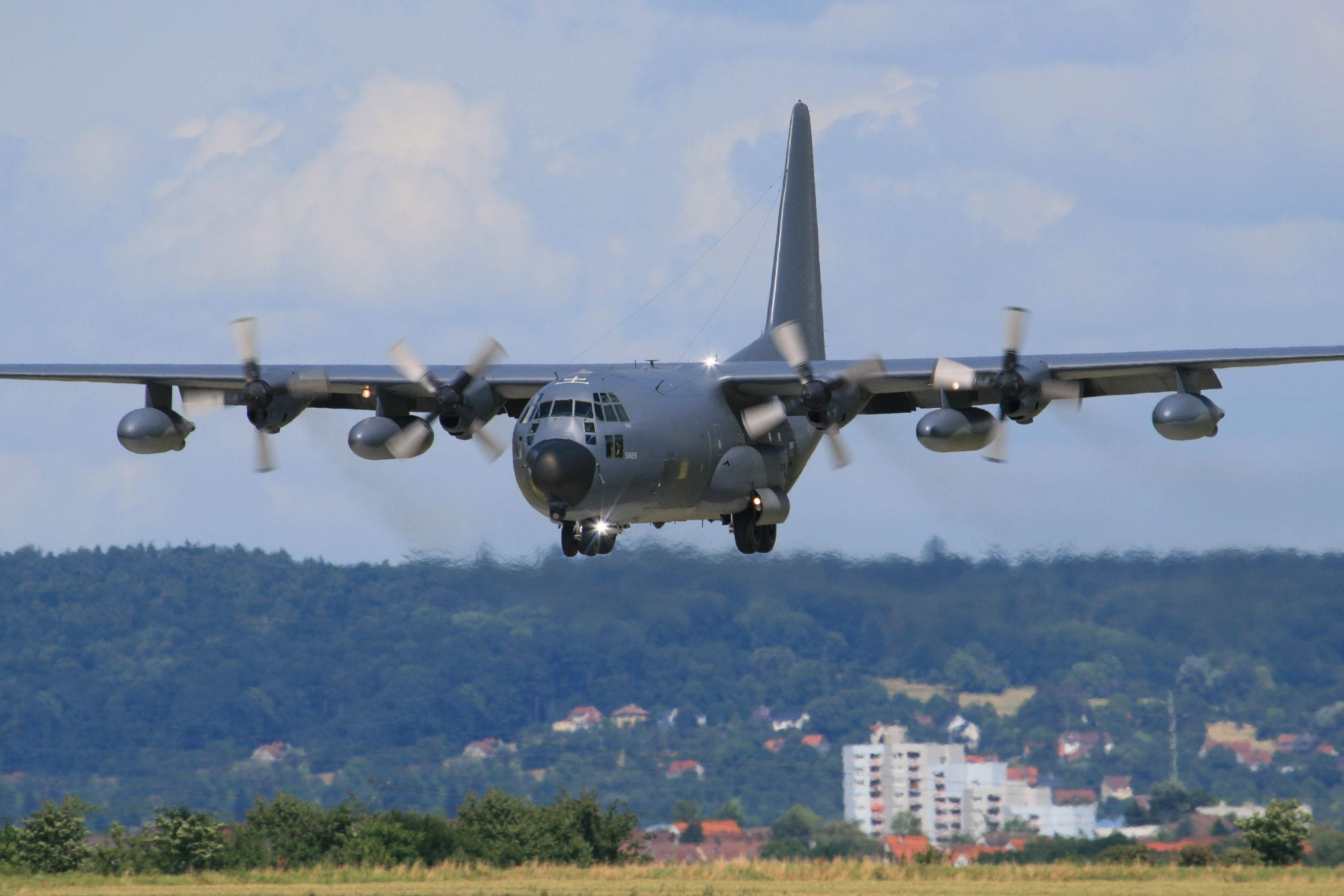
Throwback: When The US Navy Landed A Lockheed C-130 Hercules On An Aircraft Carrier
The US Navy once conducted tests to determine the feasibility of using the C-130 at sea.
C-38A Courier: A Gulfstream G100 business jet when in civilian hands, the USN uses the C-38A Courier as a test and evaluation support aircraft.
C-40 Clipper: A military version of the Boeing 737NG used by the USN as a cargo and passenger transport aircraft.
C-26 Metroliner: The Fairchild C-26 Metroliner is a twin-turboprop powered aircraft used by the USN to provide rapid response cargo and passenger transportation.
C-20 Grey Ghost: The C-20 Grey Ghost is a military version of the Gulfstream IV that the USN uses for VIP transport.
C-12 Huron: The Beechcraft C-12 Huron is a military version of the twin-engine turboprop Beechcraft Super King Air. The USN uses the C-12 Huron for embassy support, medical evacuation, and as a passenger and light cargo transport aircraft.
Photo: USN
Grumman C-2 Greyhound: The Grumman C-2 Greyhound is a high-wing twin-engine cargo aircraft used by the USN to deliver cargo, mail, and passengers to USN aircraft carriers.
United States Navy maritime patrol aircraft
Lockheed P-3 Orion: Based on the Lockheed L-188 Electra airliner, the P-3 Orion is a four-engine, turboprop anti-submarine and maritime surveillance aircraft developed for the United States Navy.
Boeing P-8 Poseidon: Derived from the civilian Boeing 737-800, the P-8 Poseidon is used by the USN as a maritime patrol and reconnaissance aircraft.
United States Navy electronic warfare aircraft
EP-3 Orion: The Lockheed EP-3 is an electronic signals reconnaissance variant of the P-3 Orion. The USN uses the EP-3 as a communications intercept aircraft.
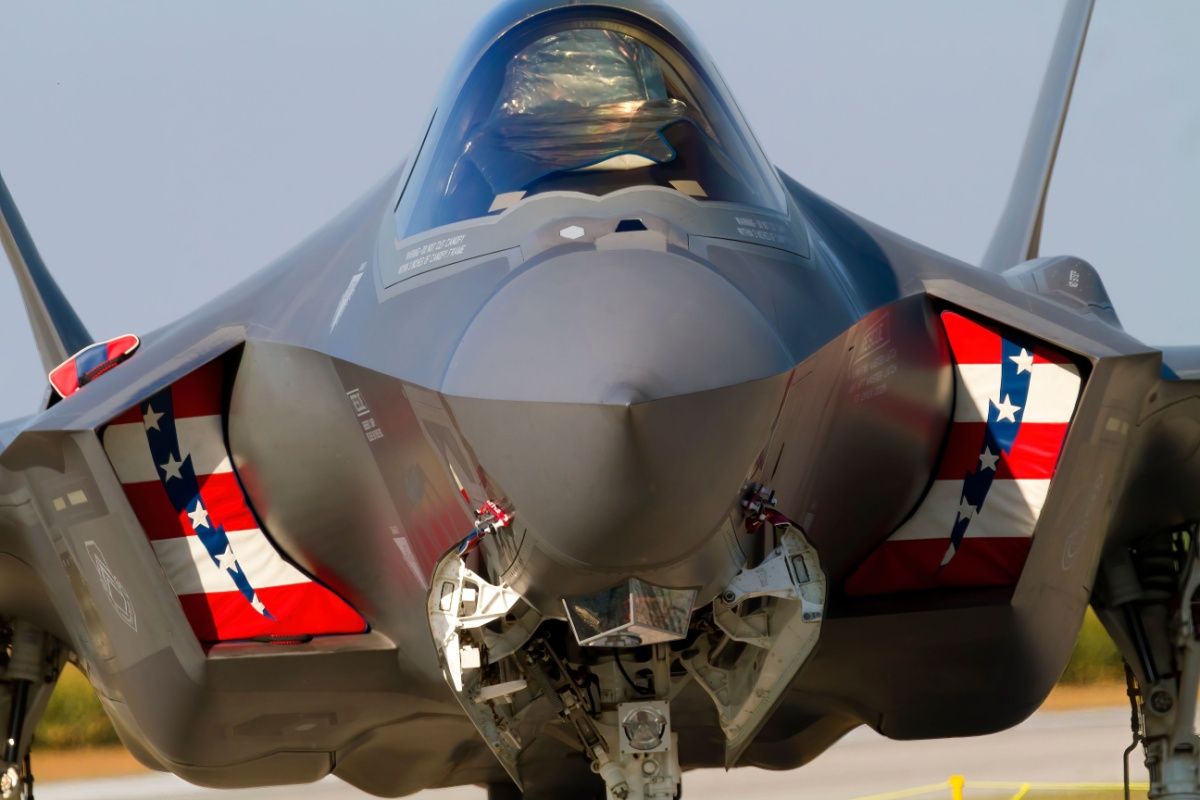
Then & Now: How Does The US Navy’s First Fighter Compare With The F-35?
The naval aviation transformation over its 100-year history has been profound with modern fighters being unrecognisable.
EA-18 Growler: The Boeing EA-18G Growler is a carrier-based version of the two-seat Boeing F/A-18F Super Hornet. The USN uses the AE-18 Growler to provide tactical jamming and electronic protection to US military forces worldwide.
E-6 Mercury: Based on the Boeing 707-300, the Boeing E-6 Mercury acts as an airborne control and command center.
United States Navy AWACS aircraft
Northrop Grumman E-2 Hawkeye: The Northrop Grumman E-2 Hawkeye is a carrier-based, all-weather, tactical airborne early warning aircraft.
United States Navy combat aircraft
Boeing F/A-18E/F Super Hornet: The Boeing F/A-18E/F Super Hornet are a series of carrier-capable multirole supersonic fighter jets
Photo: USN
Lockheed Martin F-35 Lightning II: The Lockheed Martin F-35 Lightning II is a naval variant of the F-35 Lightning designated as the F-35C. Capable of short takeoff and vertical landing (STOVL), the F-35C is a single-engine, all-weather stealth multirole combat aircraft that can be used for a variety of missions.
Discover more from reviewer4you.com
Subscribe to get the latest posts to your email.
